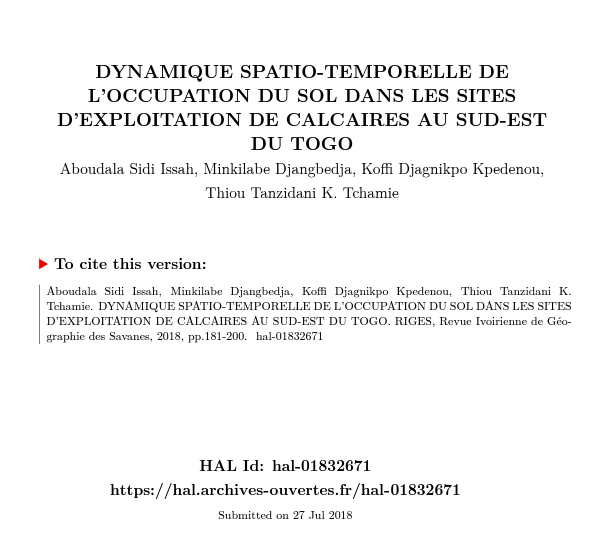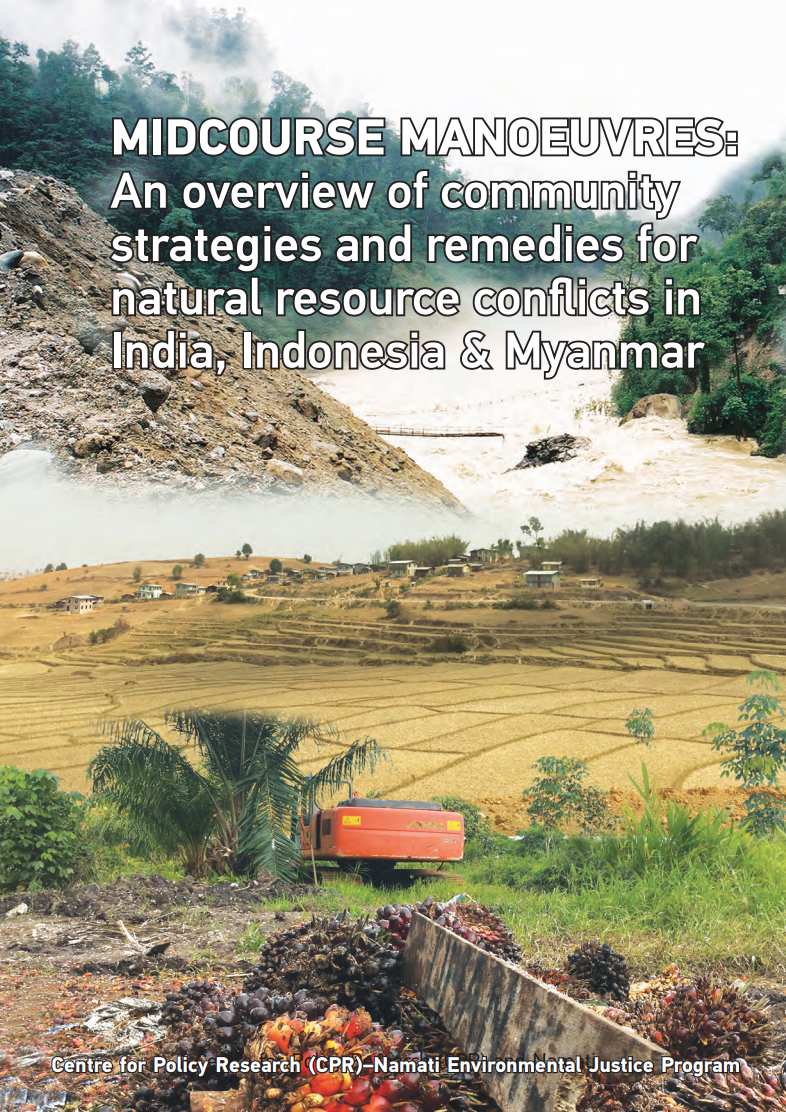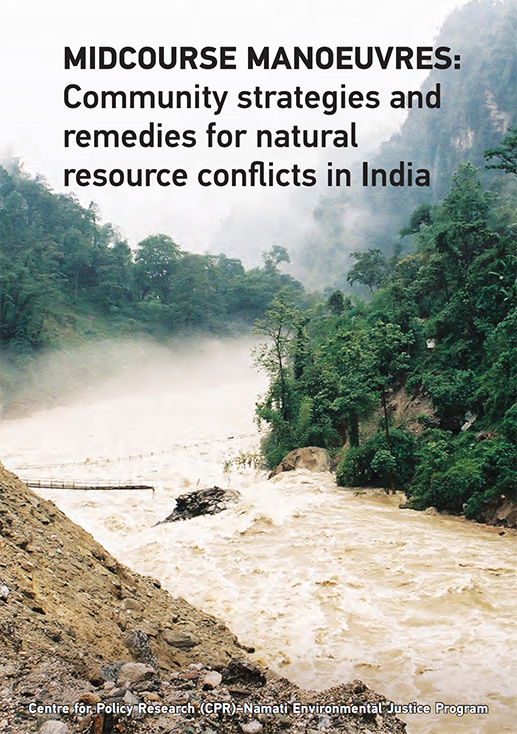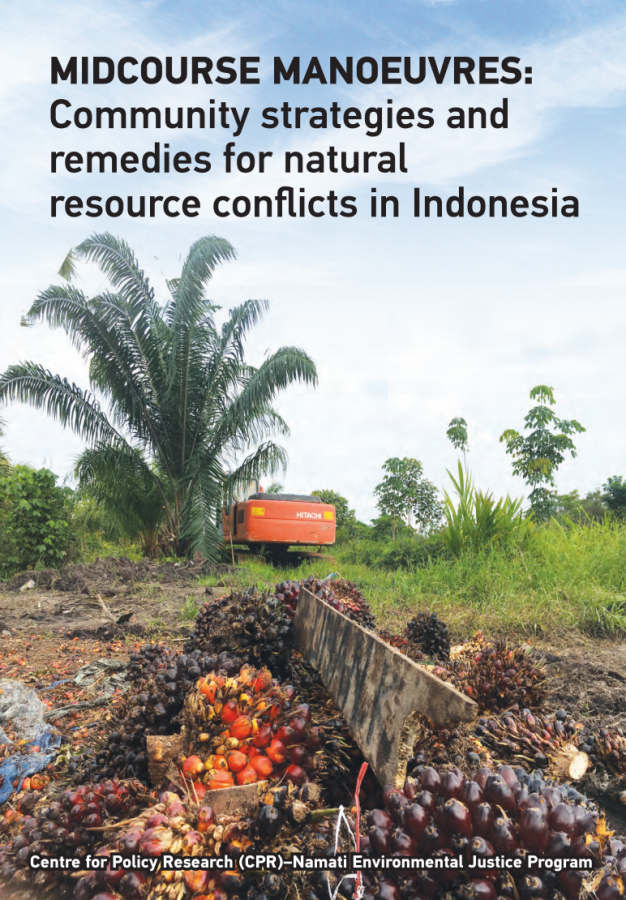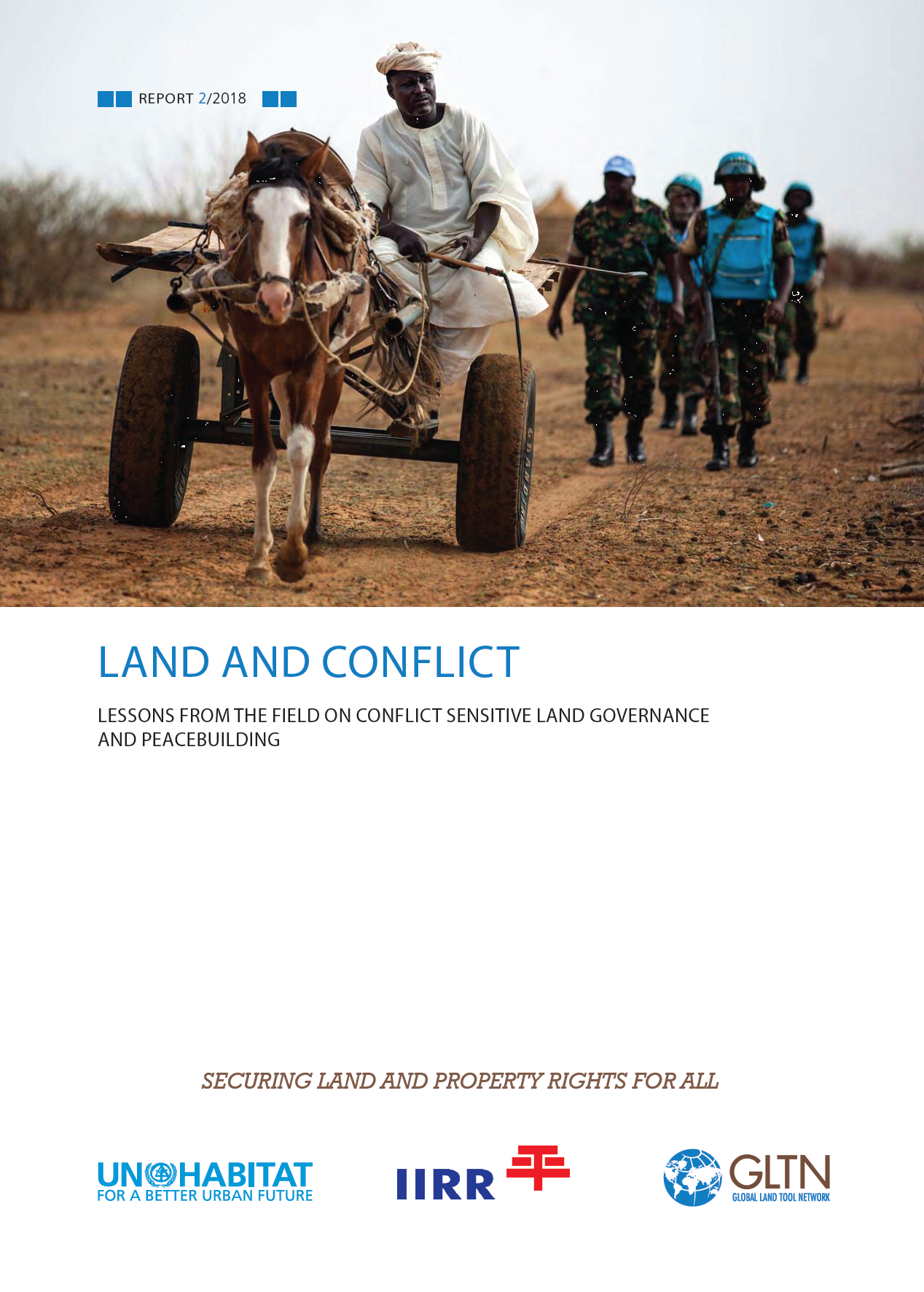Land and Conflict. Lessons from The Field on Conflict Sensitive Land Governance and Peacebuilding
Publication shows how addressing land issues can mitigate conflict;facilitate solutions to it;improve the likelihood that people can return to their homes after the violence is over;and contribute to peace overall. Draws on cases in nine countries in the Arab States;Africa and Latin America;with a range of conflict parties: farmers;herders;landlords;villagers;mining companies;host communities;displaced people;gangs;and various levels of government.



